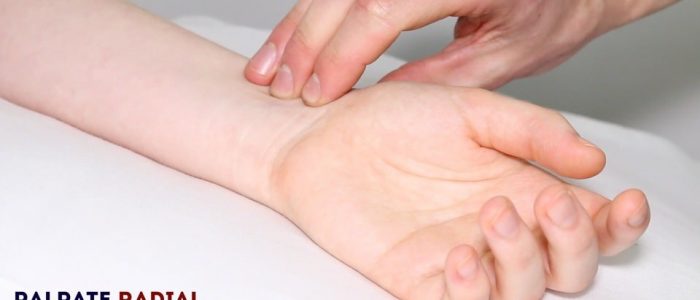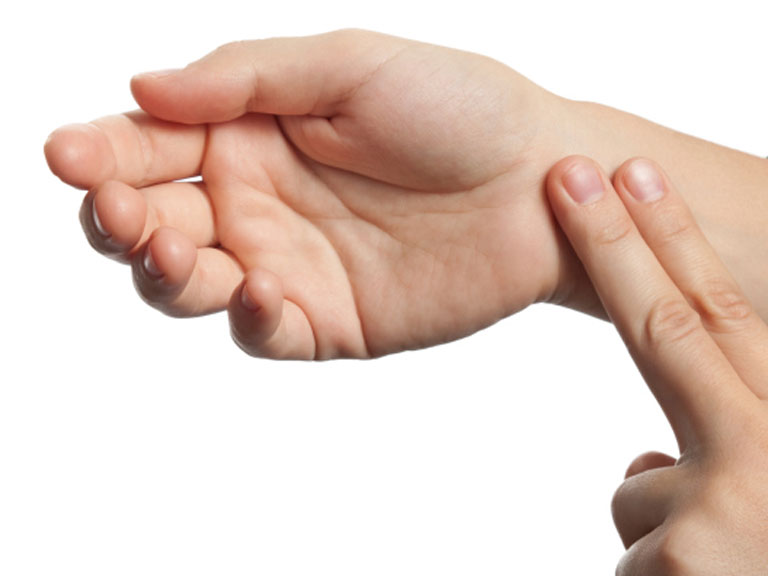
If you want to learn more skills like these, be sure to visit our other skill test posts. In this blog post, we’ve covered the basics for counting and recording pulse rate.
.png)
If you’re worried about their condition and don’t know what to do, report it immediately so appropriate steps can be taken. The heart rate of a patient with an infection or fever is typically high, as are the cases for patients who bleed.On arrival in the ED, the patient is sitting up, alert and orientated. Medications that stimulate or regulate nerves will have a similar effect on a patient’s heart rate. Priority 1 Call: 68 year-old female who has central chest pain 2/10 after the administration of aspirin and GTN, and a past history of angina.Worryingly, the patient’s finger tips have turned blue, and the paramedics are unable palpate a radial pulse. For the radial artery (Figure 30.2), the patients forearm should be supported in one of the examiners hands and his other hand used to palpate along the radialvolar aspect of the subjects forearm at the wrist.This can best be done by curling the fingers around the distal radius from the dorsal toward the volar aspect, with the tips of the first, second, and third fingers aligned. Illegal drugs are also able to speed up the heartbeat of those who take them. Stressful situations can cause an increase in heart rate, but so too can caffeine and other stimulants. What is a radial pulse This is the pulse measured from the radial artery which runs up the wrist beneath the thumb.Perform the standard beginning tasks knock before entering the patient’s room, greet the patient by name, introduce yourself, explain the task you are about to perform, close the privacy curtain, and then wash your hands. The following steps are a foundational guideline for measuring the radial pulse as a CNA. Here are some additional tips to count and record radial pulse. CNA counting radial pulse skill procedure.

Finally, record the pulse rate into the chart.After counting the patient’s pulse, wash your hands again.To calculate their heart rate per minute, just multiply that number by two and you will get your answer! If someone has an irregular heartbeat, it is best to count for a full 60 seconds as opposed to only 30. The pulse rate can be estimated by counting the number of beats in 30 seconds. We present an 11year-old boy with a weak right radial pulse, and describe the successful application of vascular ultrasound to identify the ulnar artery.Apply pressure as you feel around for a pulse with those same two fingers until it becomes clear enough that you can properly locate it without applying too much pressure any longer this may take some practice.

The tips should be in the hollow on top of their wrist. In terms of waveform acquisition, this paper reviews a variety of methods to obtain radial pulse waves, including tonometry, photoplethysmography, ultrasound.


 0 kommentar(er)
0 kommentar(er)
